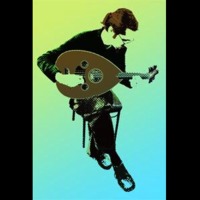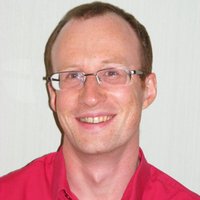7th International Conference on Control, Automation, Robotics and Vision, 2002. ICARCV 2002., 2002
With the advances in digital imagery, large accessible data storage, internet repositories, and i... more With the advances in digital imagery, large accessible data storage, internet repositories, and image applications, information conveyed through images is gaining in importance. There is a need to find a desired image from a collection of images, which is shared by many groups including journalists, engineers, historians, designers, teachers, artists and advertising agencies. Humans have the capability to determine only a few selected signs, which enable them to determine the impression of a complete representation of the objects and comparing them. However, it is impossible to trace through the large image database in order to retrieve the desired image manually. Retrieval by shape is considered one of the most difficult and challenging aspects of image-based search. Thus, an effective shape retrieval system approach, which resembles the human capability in retrieving images from a database that are relevant to a query, is needed. In this paper, we propose a new similarity measure determination based on the NURBS-Warping method. In this method, the query image represented by the Non-Uniform Rational B-Spline (NURBS) descriptor is warped to best fit the shape of the database image. The similarity between two images is determined by measuring the effort been spent in the warping process. Four similarity parameters are derived to reflect the effort spent throughout the warping process. These parameters are the Total Cumulative Change in the Position of the Control Points (TCCPCP), Total Cumulative Change in the Curvature of the Control Points (TCCCCP), Total Cumulative Voting Distance Score (TCVDS) and degree of matching, which are used to compute the similarity measure for each database image. The retrieved database images are ranked according to the computed similarity measure. A set of experiments is carried out to investigate the characteristic of each similarity parameters that influence the similarity measure computation independently. We also validate the effectiveness of the computed similarity measure for retrieving a set of database images based on the human similarity judgement. The retrieval results of the proposed method are compared with the Curvature Scale Space (CSS) method proposed by Mokhtarian. The overall experiments results show that the similarity measure derived from the NURBS-Warping method show good retrieval results in a highly similar database.











Uploads
Papers by M. Rajeswari